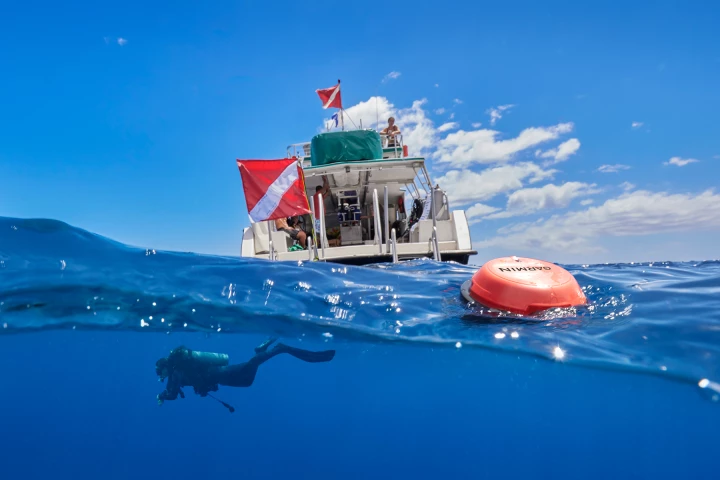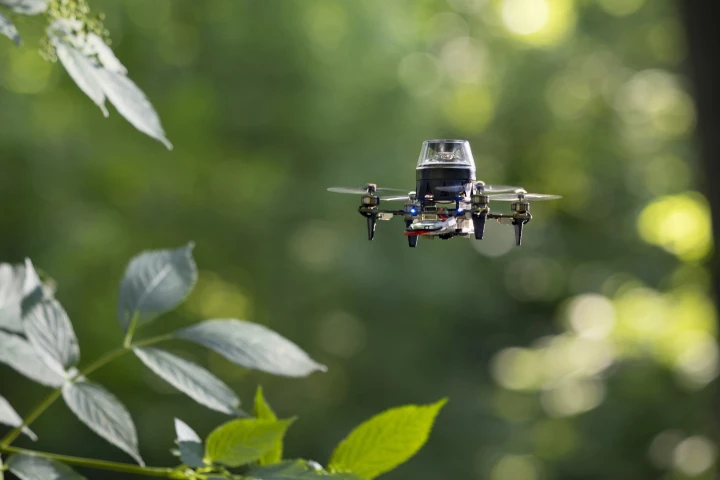Navigation
-
Hypersonic vehicles aren't much use if you don't know where they're going, so Northrop Grumman is developing new navigation systems for autonomous craft that can stand up to the rigors of flying at speeds of over Mach 5.
-
There's no doubt that a standard white cane can be quite helpful, but it isn't all that … interactive. The Glide device certainly appears to be, however, as it verbally and physically guides blind users down city streets.
-
Even in clear water, it can be easy for divers to lose track of which way they're heading. An experimental underwater navigation system could help keep that from happening, using a combination of electromagnetic waves and HUD (head-up display) tech.
-
It's plenty easy to lose your bearings while scuba diving, which is why Garmin's new Descent S1 Smart Buoy could really come in handy. It helps submerged divers figure out where they are, plus it lets them communicate with their topside crew.
-
A team of researchers at Rice University has developed a haptic feedback vest and camera system for a blind dog known as Kunde. The vest helps guide the dog through daily obstacles and the hope is that it will soon do the same for other pups.
-
Engineers at MIT have devised a way to help drones find their way through unlit indoor spaces autonomously, without costly cameras. That'll come in handy for mapping and monitoring warehouses and tunnels, as well as search and rescue operations.
-
Even though today's aircraft rely heavily on GPS for navigation, the technology isn't infallible. That's why an alternative system is in the works, which may allow planes to navigate by "reading the fingerprint" of the terrain they're flying over.
-
Engineers at the University of South Australia have taken a page from the days of wooden sailing ships and developed a way for drones to navigate by the stars at night using simple, lightweight equipment for areas where GPS signals aren't available.
-
Tiny aerial drones have many potential uses, but their ability to navigate is severely limited by their minuscule amount of onboard processing power. Scientists have now set about addressing that limitation, taking a cue from foraging insects such as ants.
-
The ratio of guide dogs to blind people in China is roughly one service pooch for every 40,000 people. Researchers are currently developing a six-legged, AI-enhanced robodog to close the gap and safely guide users to their destinations.
-
Instead of equipping its sharp-looking GR-1 general purpose humanoid with a full next-gen sensor suite including such things as radar and LiDAR, Fourier Intelligence's engineers have gone vision-only.
-
While most compasses have a needle that points north, the Truest North Compass is different. Its main needle always points to a location of your choice, while its secondary needle shows the distance to that place.
Load More











